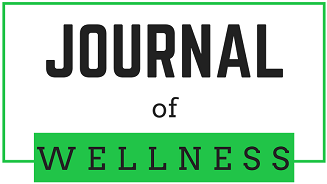
Abstract
Introduction: Healthcare leaders have been challenged to mitigate burnout and foster well-being among physicians. Professional societies are beginning to address this in a systematic manner.
Methods: In 2014, the American College of Physicians (ACP) endeavored to improve well-being for its 160,000 members of internists and trainees through a Well-being Champion (WBC) program based in the majority of its 85 national and international chapters. The program was supported by an evidence-based curriculum, chapter volunteers who served as champions, and in-person and virtual trainings. Training included a 1-2 day program in 2018 and 2019, focused on educating champions on causes of burnout, means of systematically collecting well-being data, and methods for using data for system change to reduce burnout and improve well-being.
Results: Training included 158 WBCs in 8 countries. After training, over 90% of champions in both years of the program felt able to articulate the evidence for burnout prevention and suggest interventions, access resources, and administer well-being surveys. While 58% of champions noted high interest in wellness, only 26% had a budget allocated for this, and most budgets were small. Ninety-one percent in both years felt able to analyze survey data and 90% in both years felt able to enhance their own well-being. Eighty-eight to 90% felt able to foster a well-being community and importantly, 85% felt comfortable engaging leadership in this topic. Since 2017, 639 activities were recorded, accounting for 87/158 Champions in 69 Chapters. Annual direct costs varied each year but remained
Conclusion: This report describes a model for building regional networks to address physician burnout while promoting well-being and professional fulfillment. After training, champions felt capable of performing key aspects of burnout reduction, including survey administration, data analysis and engaging leadership in systems change. To our knowledge, this is the first model to scale burnout prevention throughout an entire professional society. Using the included program descriptions and curricula, this program may be generalizable for other large professional groups wishing to measure and enhance well-being among their membership.
DOI
10.18297/jwellness/vol3/iss3/2
Recommended Citation
Palamara, Kerri; Poplau, Sara; Rusten, Cheryl; Walter, Maria L.; Smith, Cynthia D.; Sipler, Clare; Hingle, Susan; and Linzer, Mark
(2021)
"Feasibility of a “Network of Champions” in Implementing a Program to Address Physician Well-being,"
Journal of Wellness: Vol. 3
:
Iss.
3
, Article 2.
DOI: https://doi.org/10.18297/jwellness/vol3/iss3/2
Available at:
https://ir.library.louisville.edu/jwellness/vol3/iss3/2
Included in
Internal Medicine Commons, Medical Education Commons, Medical Humanities Commons, Quality Improvement Commons
